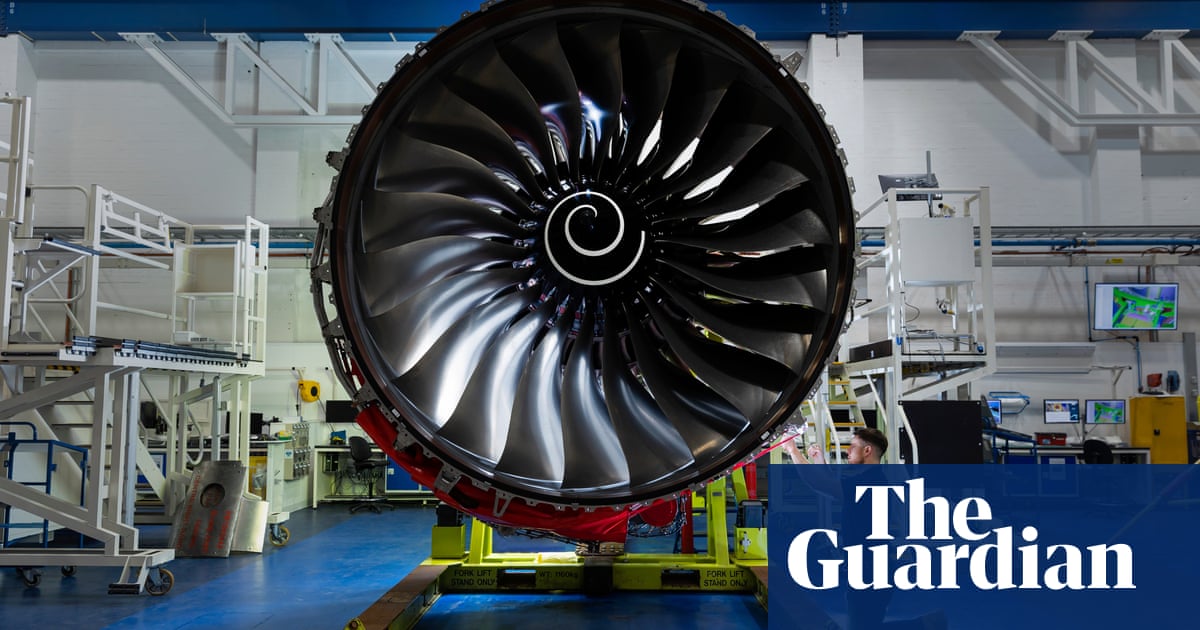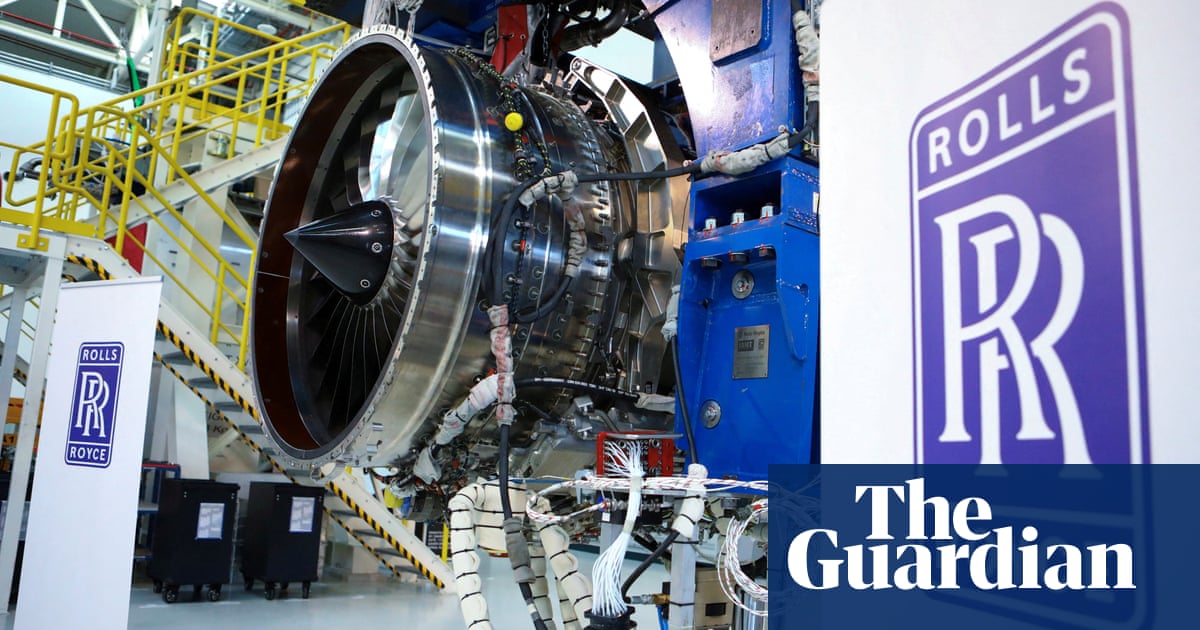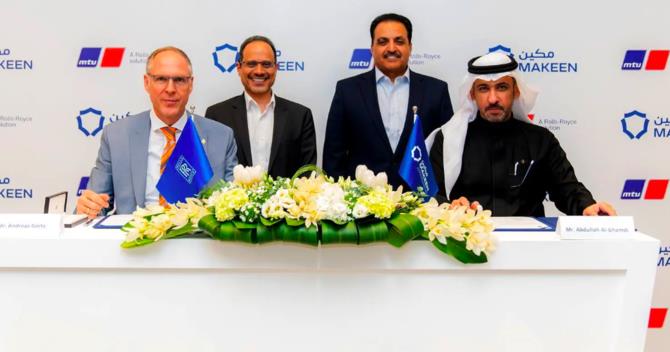
Rolls-Royce’s new boss has said the British company is ready to rejoin the market for smaller jet engines once manufacturers build a new generation of planes.
Tufan Erginbilgic told reporters at the Paris air show on Tuesday that the company was “actually ready” to re-enter the market for engines for single-aisle jets, although it would probably take a decade for a new opportunity to come up.
The manufacturer is considering how to grow its business after Erginbilgic joined in January. Looking at opportunities to sell engines for single-aisle – or “narrowbody” – planes is part of a review Erginbilgic has started.
On taking over as chief executive of the FTSE 100 engine maker in Janaury, Erginbilgic issued a stark warning over the future of the company, one of Britain’s key industrial players, but on Tuesday he said Rolls-Royce was “making great progress”.
Rolls-Royce was hit harder than some of its aerospace rivals during the pandemic, cutting 7,000 jobs – out of a previous workforce of 19,000 – as revenues from maintaining engines collapsed. The collapse was particularly acute for the company because of its reliance on selling engines for larger “widebody” planes with two aisles, such as the Airbus A350.
However, the “market is coming back strongly, definitely” for widebody planes, Erginbilgic said. Rolls-Royce last month said that its engines were flying for 83% of the duration achieved in 2019. The recovery in Chinese travel has been “stronger than we expected”, while travel across the Atlantic has been slower, he said.
Rolls-Royce left the market for the jet engines used on medium-sized, narrowbody jets in 2011 with the sale of its stake in a joint venture. However, some analysts have suggested that was the wrong move, as sales of Airbus A320 and Boeing 737 planes have boomed. Longer ranges have allowed airlines to offer more direct flights, rather than connections via regional hubs.
Erginbilgic cautioned that a move back into the narrowbody jet engine market was for now “a moot point”, and that the company does not need to build narrowbody engines to survive or grow its business.
“It’s 10 years down the road,” he said. However, the company last month tested its next-generation UltraFan engine at its plant in Derby. Erginbilgic said that experience “and our well-recognised engineering capability will actually position us to enter in the next generation”. The company would probably look for partners if it did decide to re-enter that market, he said.
Erginbilgic insisted Rolls-Royce can compete with its rivals, which are working with their next generation of jet engines in the hopes of offering increased efficiency. CFM International, a joint venture between Rolls-Royce’s American arch-rival General Electric and France’s Safran, unveiled new details of its Revolutionary Innovation for Sustainable Engines (Rise) engines, promising a 20% fuel saving. The engines would have an open fan, dispensing with the engine cover (known as a nacelle) in what would be one of the biggest changes in the appearance of passenger planes in decades.
Rolls-Royce shares were up 2% on Tuesday, making it the top FTSE riser. Shares are up nearly 60% this year, since Erginbilgic took over as CEO.











